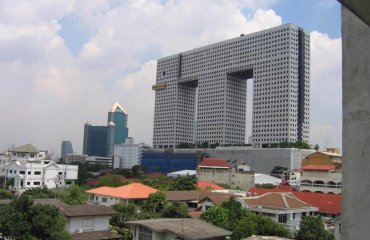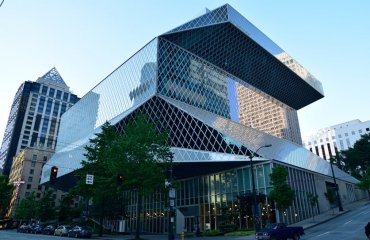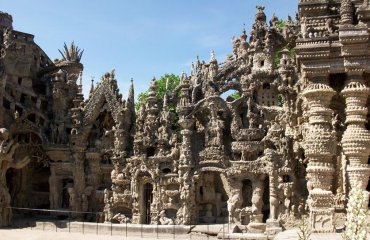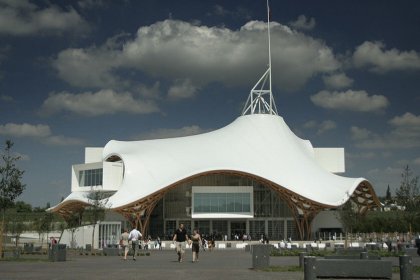
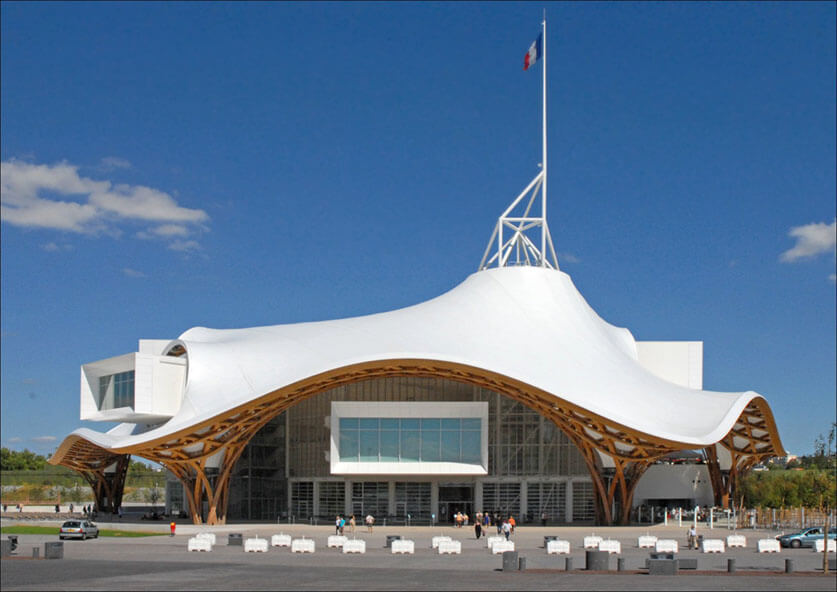
"Le centre Pompidou Metz" by Jean-Pierre Dalbéra is licensed under CC BY 2.0
Located in Metz, France, the Centre Pompidou-Metz seems even more unusual in the context of the surrounding historical structures.
Designed by architect Shigeru Ban, the inspiration actually came from a Chinese hat! Ban wanted to create a space that would seamlessly integrate into the city as well as being effective for displaying works of art. The Centre Pompidou-Metz is a branch of the Centre Georges Pompidou of Paris and features works which are not or cannot be displayed there. For that purpose, the ceiling in the great nave rises from 19 feet to 59 feet.
The whole building is laid out around a hexagon. The hexagon is very significant to France as its people feel it’s symbolic of the country’s shape. After some thought, the roof, which forms a pattern of interlocking hexagons, was decided to be constructed entirely of timber, using a technique of overlapping beams.
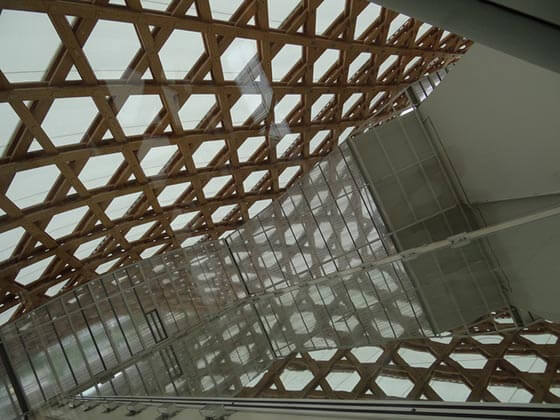
Centre Pompidou – Metz by Esther Westerveld is licensed under CC BY 2.0
The building features 3 tube shapes that comprise the main galleries. Each one has a large set of windows which frames a view of a different, historical building. One features Saint Stephen’s Cathedral, another the Gare de Metz-Ville or main railway station, and the third is of the Arsenal Concert Hall.
The Centre Pompidou-Metz is one of the most visited cultural venues in France outside of Paris and had 800,000 visitors the second year it was open. Could this be thanks to the unique design by Ban? He stated that as art has become more conceptual, it has become less accessible to the general public, who are in turn less inclined to pay admission to a museum.
Ban envisioned the building as a gathering place and an extension of the surrounding park. The museum’s forum is freely accessible to the public. From that vantage point, they can enjoy the surrounding sculptures, catch glimpses of the galleries and perhaps become curious to see more.
For your next crazy building experience, I recommend exploring the Centre Georges Pompidou in Paris, one of the most well-known buildings of all time!

